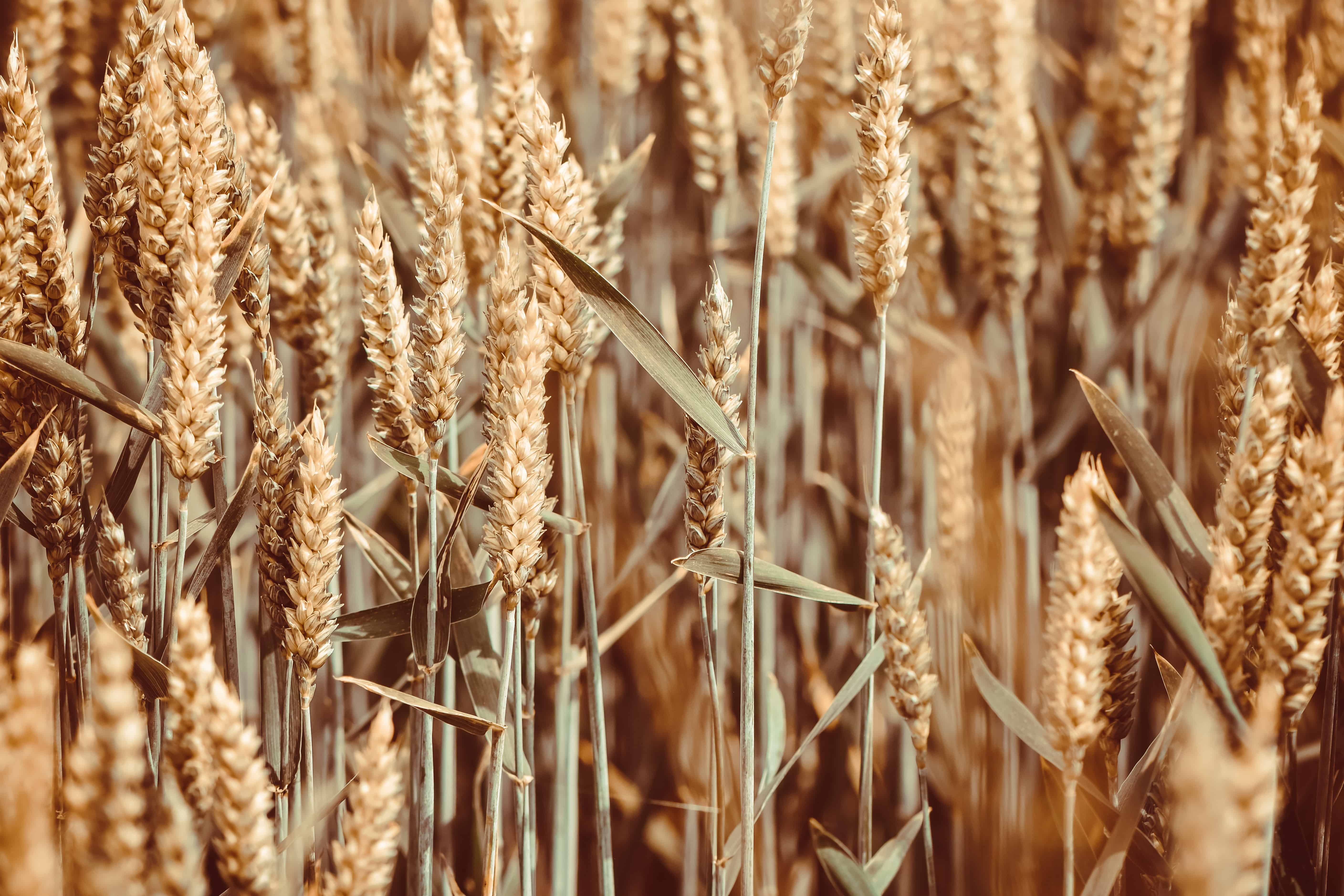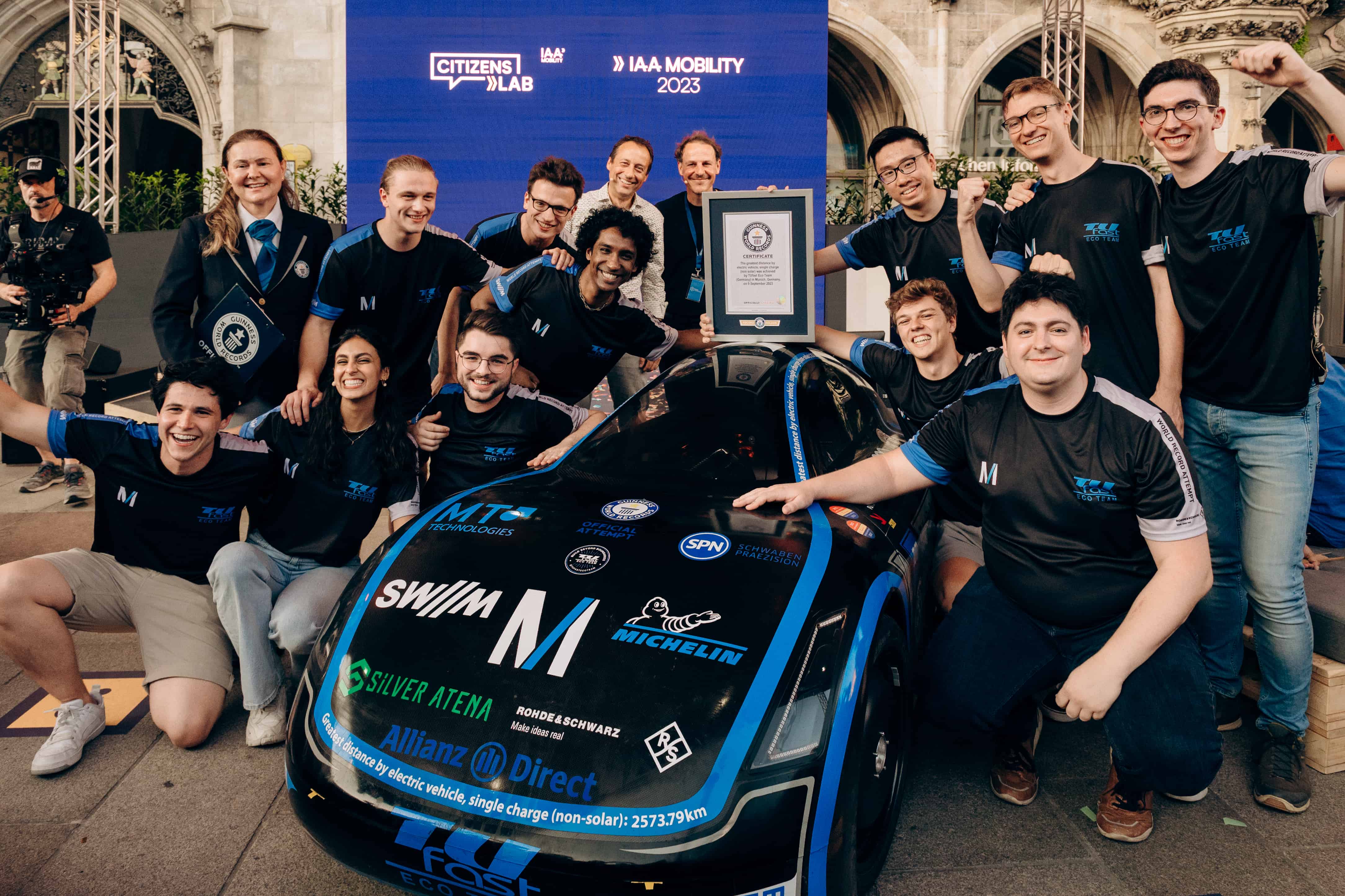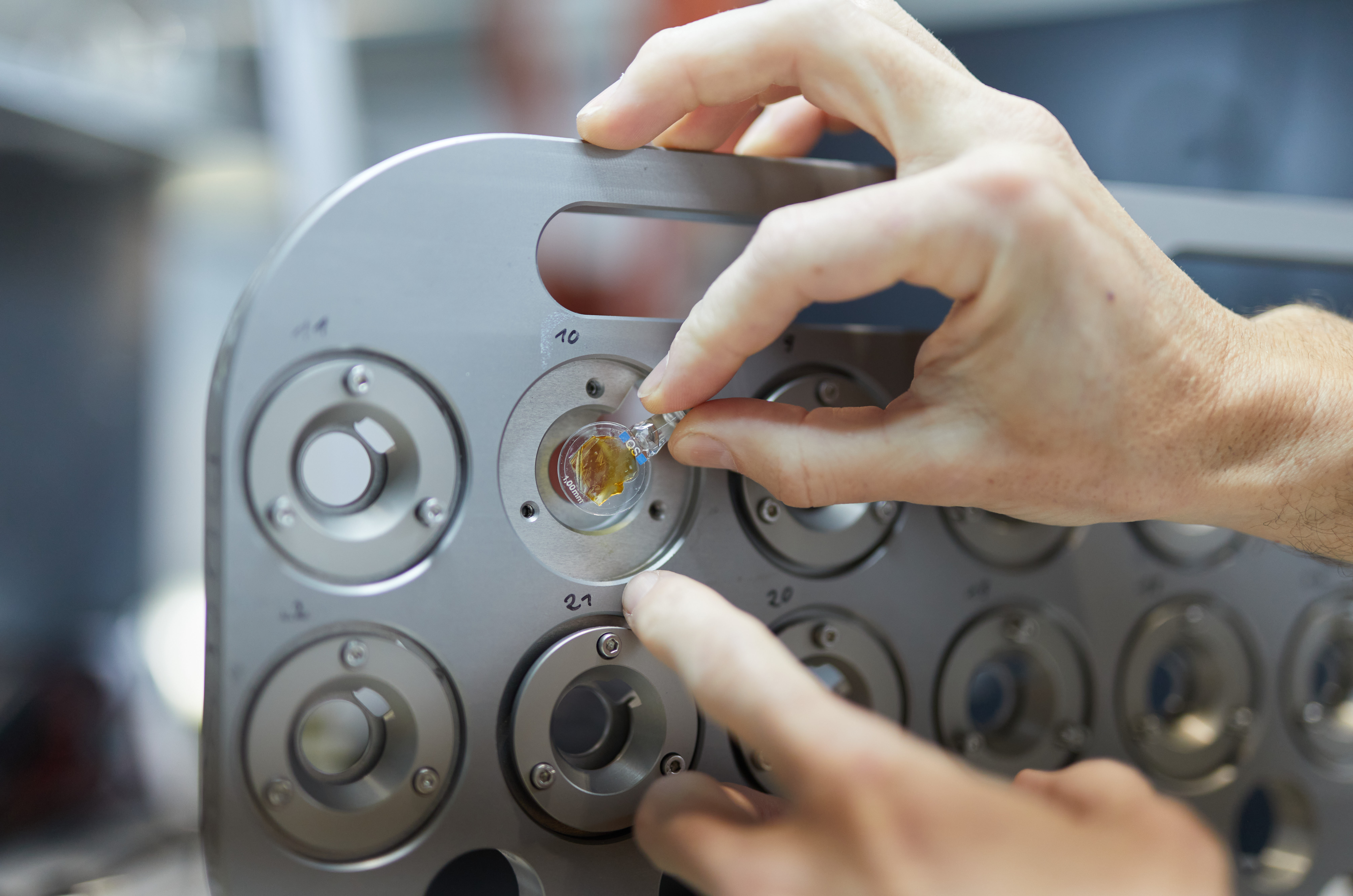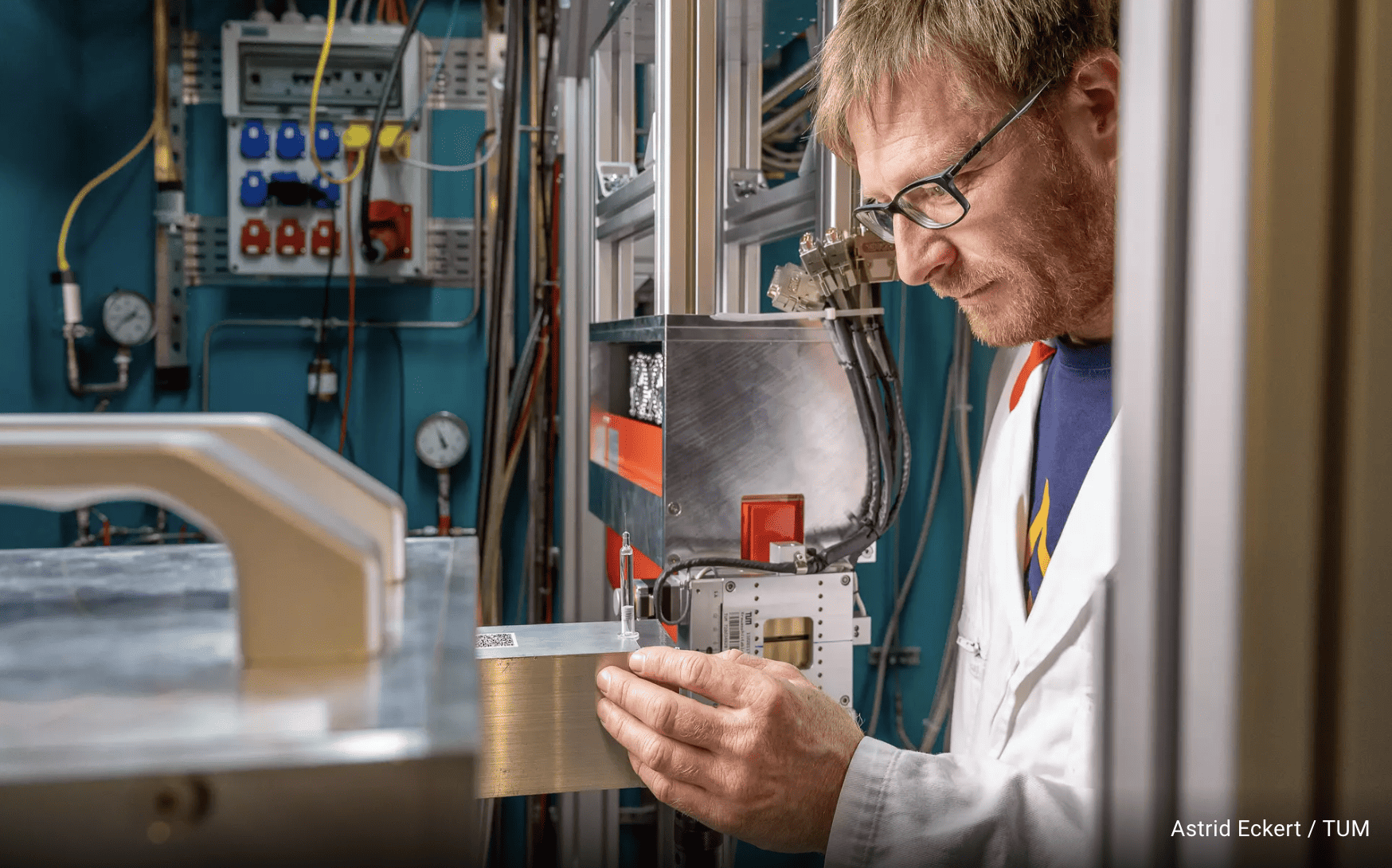
A new technology, developed by the Technical University of Munich (TUM), will facilitate quick, easy and precise fertilizing in the fields. The combination of biosensor test strips and satellite-based remote sensing data will determine the nutritional condition of cereals and the perfect amount of fertilizer, says TUM in a press release.
Automatic provision of digital analytical data to the tractor’s terminal will save time and prevent overfertilization in the future.
- TUM develops technology combining biosensor test strips and satellite data for precise fertilization in fields.
- Test strips measure cereal plant’s nutritional condition, while satellite data calibrates the exact amount of nitrogen fertilizer needed, potentially saving up to 20% of fertilizer use.
- Delivery of analysis results directly into the digital onboard technology in agricultural machines enables efficient and environmentally friendly fertilization.
Importance of fertilization
Along with light and water, plants require nutrients that must be provided for their growth. Precise fertilization of agricultural crops ensures successful yields and environmentally friendly cultivation. Scientists have long searched for methods and techniques to provide plants with sufficient nutrients while conserving resources. The goal of this project is to determine the exact amount of fertilizer needed for each stage of growth and to use technology to apply nutrients in the field with precision and accuracy.
New technologies using test strips and satellite remote sensing data
Researchers are working on a new and simple method of determining the nutritional condition of cereal plants with the help of easy-to-use biosensor test strips, much like blood sugar testing for diabetics. Multiple plant stems are collected from at least three different locations in the field and used for extraction. One drop of the sap on a test strip is enough to measure the nitrate content with a diagnostic device that fits in the palm of your hand. The result is available in a few minutes. It is used to calibrate remote sensing data which is already available via satellite from the EU Copernicus program, the European land monitoring service. The combination of precise local measurements from the new diagnostic device using test strips and widely available earth observation data based on satellites allows for exact calculation of the amount of nitrogen fertilizer required in the field examined. This can save up to 20% of the fertilizer required for the cultivation of cereals.
Fertilizing practices have been imprecise until now
According to the Federal Environment Agency, 50% of the nitrogen fertilizer used in agriculture is not absorbed by the plants. Excess quantities of fertilizer remain in the natural cycles in nature and have an impact on the soil and water. Fertilizer calculations for cultivated plants are done purely mathematically with standardized parameters or based on experience. Although it is possible to determine the nutritional conditions of the plants through laboratory analysis, this currently is very costly in terms of time and money.

Accurate quantity of fertilizer available quickly and digitally
The initial focus of this research is on the supply of nitrogen for cereals. In the future, it will be also possible to test the plants’ nutritional condition with regard to phosphate and potassium. The TUM uses prototypes of the new diagnostic method, which is also expected to be affordable to purchase in the future. The researchers calculate the cost at around 20 Euro per hectare for agricultural use of the new technology. The aim is to be able to deliver the processed analysis results from test strips and satellite data directly into the digital onboard technology in agricultural machines and fertilizer applicators. In this way, fertilizing can be done entirely digitally and precisely without any laborious calculations.
Practical field tests start this year
Field tests with the new technology start this year. Collaboration with regional machinery rings is making it possible to gain experience with a broad range of users. “Right from the outset, we will be carrying out field tests with farmers in the region in order to develop our technology in collaboration with the users,” says Dr. Tobias Vöpel, Project Leader at the TUM Straubing campus. The results of the practical field tests will be incorporated into the development of the new technology over the next three years.







